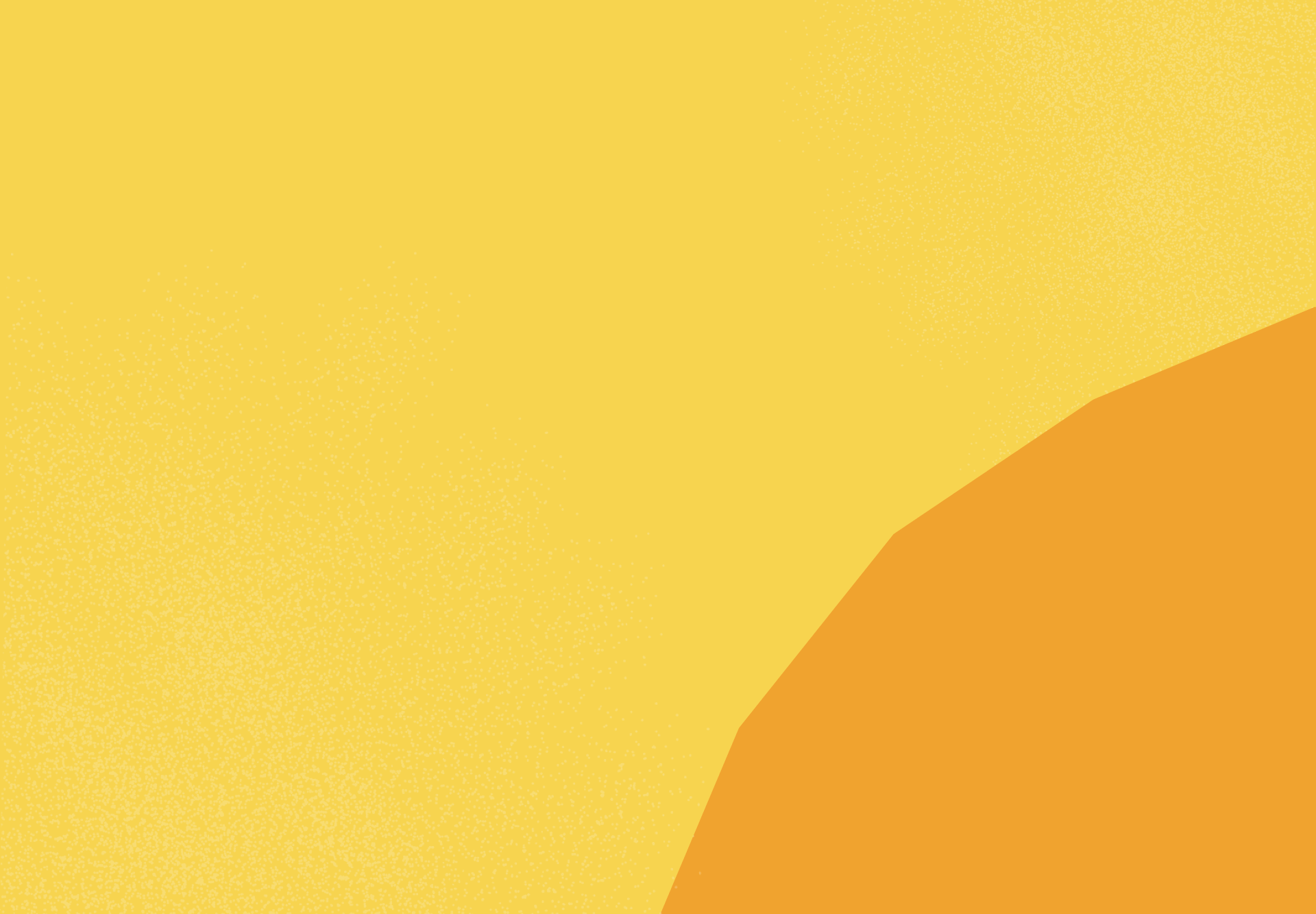
/ Resources /
Advice
Is Homeschooling As High-Quality As Traditional School?

Over the 20th Century, homeschooling was less popular. As public-funded schooling systems flourished and then became entrenched, homeschooling was seen as an option taken by those denying social structures, often for religious reasons.
This started to shift in the late 2000s as Internet technologies bolstered distance working, and with it, distance learning. Now, homeschool is very much an option with benefits that rival and exceed mainstream school.
For those considering homeschooling, there are options and a track record of improvement to consider. Consistent growth in the field leads to better resources for those looking at homeschooling as an option. Since 2011, Australian homeschooling numbers have grown at an average growth of 9% per year.
Traditional School Breakdown
Traditional schooling may have gotten big in the 20th Century but it’s been practised as far back as ancient Greece. After all, not every parent has the time or skill to work with children.
The amount of daily time school takes up, and the number of years of formal education grew until its current form of roughly 10-12 years and six to eight hours each day.
Public schools and private schools work with roughly the same model with differences coming mostly in terms of class size and budget.
The traditional school occupies a chunk of the day that mirrors most workdays. This too is the result of a planned effort to provide a place for children to be occupied while parents work.
Like any brick and mortar establishment, space comes at a premium, and the associated costs of salaries, especially of administrative staff, bog down the system. Coupled with the typical bureaucratic habit of converting everyone to non-individualized numeric units, schools are rarely equipped to handle students outside of the mean.
Educational Value
The value of education has long been understood to be about the equality of instruction, quality of materials, and the efforts exerted by the individual. Public school systems, by their nature, offer lower value to all three of these metrics.
Traditional schooling doesn’t completely fall on its face in terms of value. Incentives to donate and tax funding provide equipment and spaces that are useful.
Computer labs and science labs weren’t the types of things anyone could access. However, computers grace most households now and the need for science labs are diminished in this age of wonderful technology. Regardless, the most important element of an individual’s education is their dedication to learning. Better equipment, better environments, and teaching staff all assist this, but can’t replace it. These are significant drives cited in the rise of homeschool education within Australia.
Homeschooling Advantages
The biggest advantages of homeschooling relate to the quality of attention given to each student and the flexibility of the curriculum offered.
These two factors contribute massively to the improved outcomes homeschooled students see. This holds true even if they return to traditional school environments later on.
Individualised Attention and Outcomes
As much as learning is an individualised experience, there are funnels that work exceptionally well for the majority of people. That’s part of the reason traditional schools work as well as they do. However, individualised learning plans and lessons assist in exploring topics more thoroughly or patching holes before they become lacking.
Individualised learning is a part of the mission statement of many schools, but rarely do they have the personnel to make it a reality. The relationship between the number of students per teacher represents an entire branch of research.
Smaller classes lead to better outcomes in the same way that more attentive doctors lead to better health outcomes. People deserve and thrive on individual attention.
Homeschooling offers a one-to-one ratio of intent and outcome. Rather than being left behind when failing to grasp something, they can be worked with until they grasp the material rather than leaving them behind for the sake of the larger student body. A huge bonus that Euka families embrace, is the option to tailor the students’ subject levels to suit the specific child’s needs.
Curriculum
Working closely with a student, meeting their needs, and fostering their passions all have positive outcomes. However, what is being learned needs to be sufficient to meet the needs of both furthering education and meeting stands of learning commiserate with public and private schools.
Designing a curriculum is difficult to do alone. Fortunately, Euka has done this for you with thousands upon thousands of lessons written on every subject so that the parents can enjoy the role of supporting their students with confidence that they are receiving the very best of instruction.
Earlier courses need to lay the groundwork for later courses. Flexibility allows a student to engage with accessible parts of a subject until they can reach for the less accessible parts.
Being flexible with learning outcomes and allowing the student to build their schedule helps them engage more fully. While an early morning maths class might cause nothing but headaches, an early morning studying history or reading might work better. As a student approaches the end of secondary education they may need more structure. This is why the Euka Grade 11 and 12 university preparation courses help condition a student for the differences in expectations ahead.
Resources
For a homeschool experience to be better than a traditional school, it needs to offer more. Enrolling in the Euka program provides you with what you need to understand and convey subjects that you might not have experience with.
At Euka, we provide a variety of options to provide a curriculum tailored to your student’s education goals. Schooling from home doesn’t mean creating from scratch. Contact us for guidance on lesson creation and connect with others that are making homeschooling the go-to option for the future.





